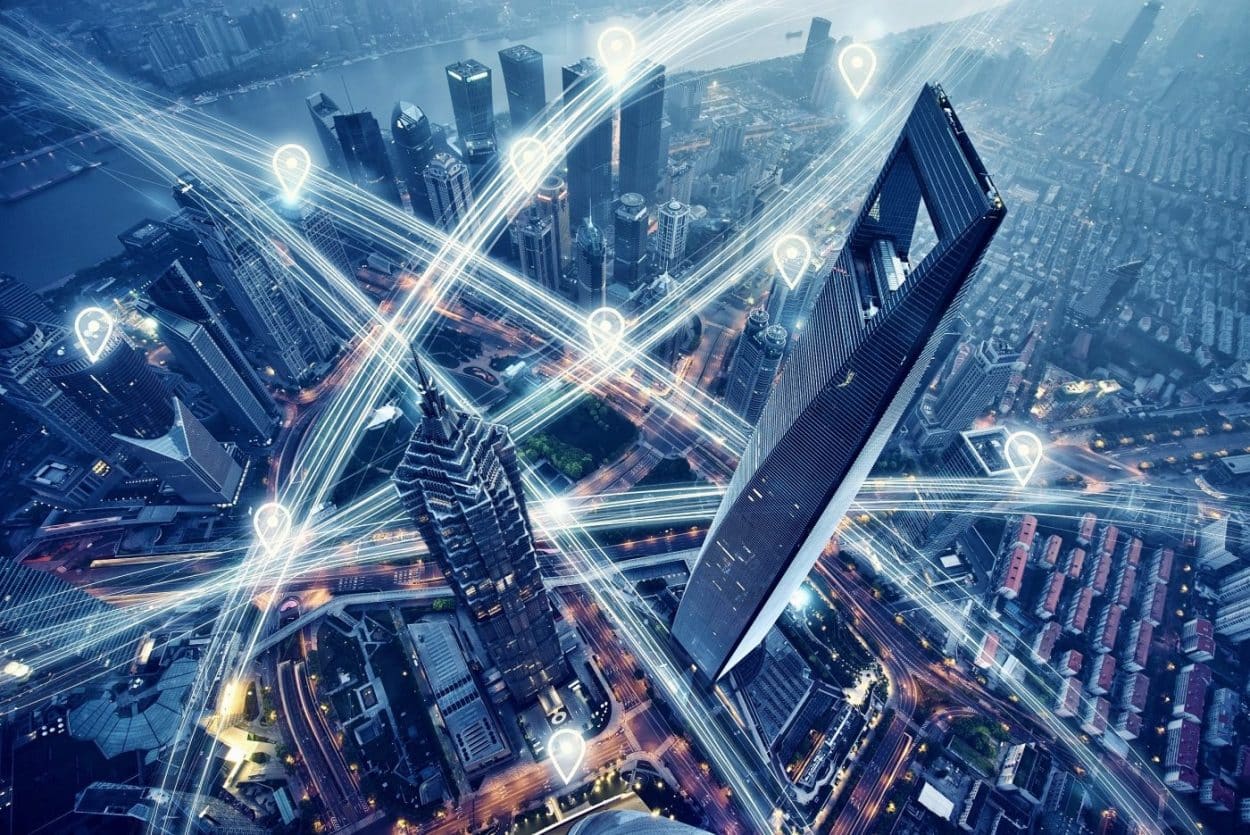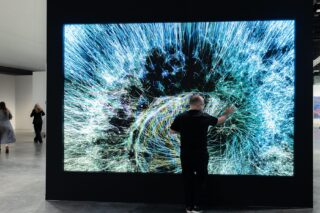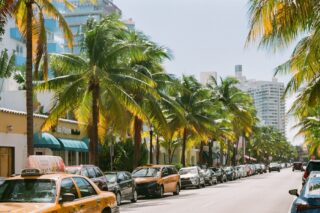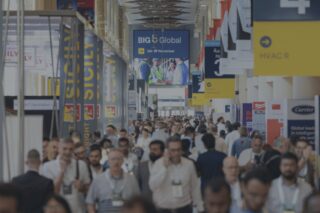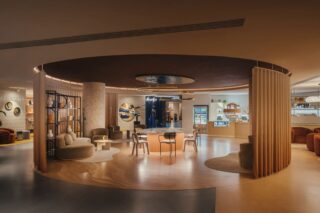Smart City was a hot topic at the Big 5 conference organized by DMG Events in Dubai at the end of November 2017. But how can IoT revolutionize the construction industry?
IoT offers the construction industry several applications for roads and other infrastructure, buildings, concrete, cranes and quarries. Alaa Daghan, MEA director for Advantech and B+B Smartworks, delivered a presentation called IoT-izing the Construction Industry.
Daghan said, “IoT is already used in energy and utilities all round the world—in power substations in Abu Dhabi, in smart grids in Texas and Frankfurt, as well as in the area of water treatment, district cooling and water distribution. Another function of IoT in oil and gas industries is in telemetry, leak detection and remote control and monitoring of pipelines.
“The data then allow RTA to construct new roads, intersection points and overhead bridges so that traffic can flow easier.”
“In Dubai itself, the Road and Transport Authority (RTA) already take data from the sensors situated at major highways, such as Sheikh Zayed Road and Al Khail Road. These sensors are using the IoT technology in analyzing data in real time, such as traffic patterns during the course of the day. The data then allow RTA to construct new roads, intersection points and overhead bridges so that traffic can flow easier.”
For more information on Dubai’s commitment to becoming a smart city, read the reports published on Big 5.
Smart and Sustainable Cities
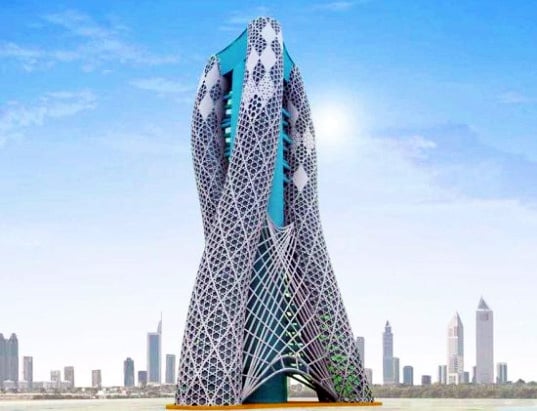
“Mohsen also touched upon how vertical farming could be the future of smart cities..” This image illustrates the Oasis Tower vertical farm project.
As solar options become important for energy efficiency, IoT will be a valuable tool helping suppliers place sensors on panels for real-time monitoring. IoT centers rely on massive numbers of sensors spread throughout the city. Thus, ensuring that they can run for years without unplugging them to change batteries makes sense. IoT-linked solar cells will be the right solution.
In his presentation, Smart Cities—The Role of Technology in Forming Green Sustainable Cities, Transmed’s Mohsen Haj Hassan’s maintains that the world population increase to 10 billion people in 2050 will be accompanied by a significant movement of people from rural to urban areas, creating a revolution in the construction sector.
In this country, the government is already making major changes through a series of green initiatives. Several buildings under construction are incorporating eco-friendly roofs. The vision described in A Sustainable Dubai—The Dubai Municipality Report 2016 highlights several breakthrough regulations to further sustainability in Dubai.
According to a report by BNC Publishing, there are already several smart projects in full swing in Dubai. The Desert Rose Housing Project will be an urban community using 40,000 cubic meters of recycled wastewater and featuring solar panel-covered roofs.
Mohsen also touched upon how vertical farming could be the future of smart cities. Dubai’s revolutionary Oasis Tower vertical farm project designed by Rahul Surin is powered by renewable energy and is projected to help feed around 40,000 people.
